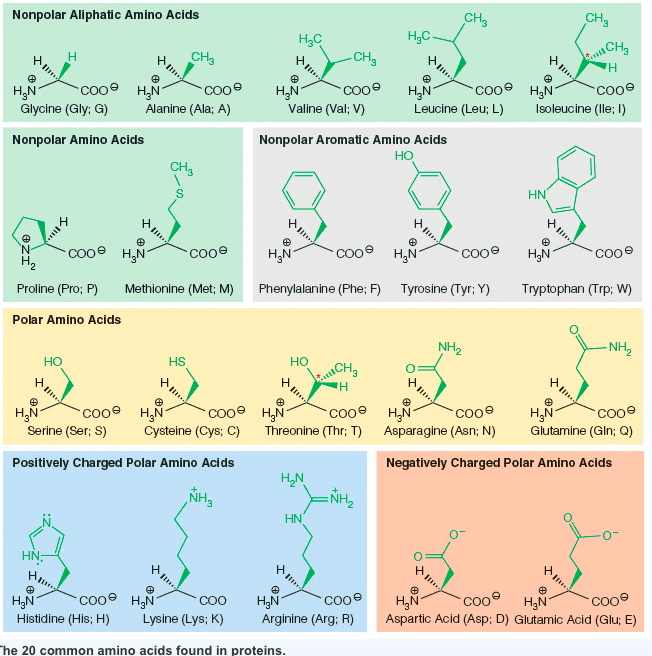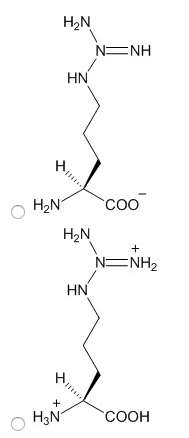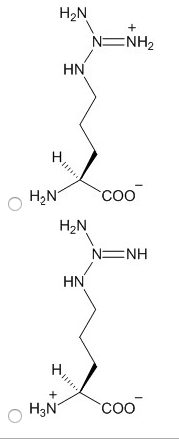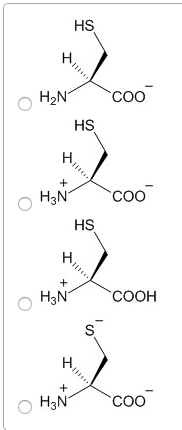FNN 111 Midterm: Test 2 notes: Chapters 6-10
Document Summary
Proteins, large complex molecules composed of amino acids: chon primary source of nitrogen in diet. 20 different amino acids used to make proteins amine group + acid group + side chain (r) Amino acids cannot be synthesized by body: must be obtained from food. 9 of 20 are essential (cid:314) histidine, isoleucine, leucine, lysine, methionine, can be synthesized by body: made by transamination. Transamination: transferring amino group from molecule to another (cid:314) alanine, arginine, asparagine, aspartic acid, cysteine, phenylalanine, threonine, tryptophan, valine. How are proteins made glutamic acid, glutamine, glycine, proline, serine, tyrosine: transcription, use of genetic information in dna to rna @ nucleus, mrna copies genetic information and carries it to ribosome. Gene: segment of dna with blueprint for one polypeptide: translation, conversion of genetic information in rna to assemble amino acids in proper sequence to synthesize protein on ribosome @ cytoplasm. Incomplete protein, does not contain all 9 essential amino acids in sufficient quantities growth and health compromised.







